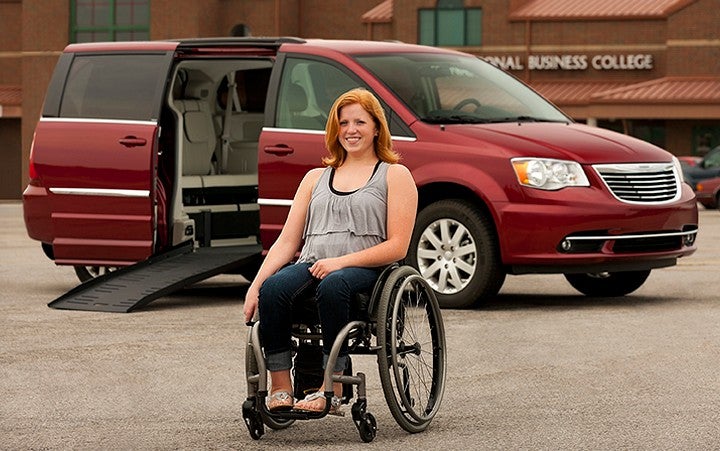
Finding mobility vehicles that are right for you can be a challenge. Discover the factors that can help you make the right selection for a disability-friendly vehicle in Baltimore, MD.
1. Consider the Driver
Sometimes, the disabled person is able to drive the vehicle, Primarily, automatic is best in these cases, whether you are talking automatic transmission, cruise control, or automatic bucket seats. Adjustable or hand-controlled pedals can be incredibly useful as well. In addition, consider the ease of use for wheelchair lifts or hoists.
One-push operation of features like windows and keyless entry can also make maneuvering for the physically handicapped easier, as can larger buttons or knobs. If the vehicle has components like the shifter or ignition control within short range on the dashboard or steering mount, all the better.
2. Choose the Right Vehicle Type
The mobility vehicle can come in a few different forms. Basic motor scooters often work well for people with mild physical impairments who want to move around smaller places with greater ease. On the roadway, cars and SUVs can be fitted with necessary adaptive equipment.
For individuals who transport a physically disabled person, the best option is often a specialty wheelchair-accessible van. What attributes do these vehicles designed for the disabled possess?
3. Evaluate Wheelchair Ramp Options
Getting a wheelchair in a vehicle can be challenging, but ramps make this process much more hassle-free. Some vehicles have side-entry ramps, while others opt for the rear entry variety. The former allows closer, more comfortable seating and better curbside exit capacity. The latter, however, can be beneficial when parking in a cramped space where entry or departure may prove more difficult.
In addition, ramps may be stored in the floor or in fold-out form along the door. The in-floor ramps may prove more convenient for entry and exit. The fold-out forms, on the other hand, can be more adaptable to curbs or other issues. Rear-entry tends to require less modification, and this type is most prevalent for wheelchair users who are passengers only.
4. Ensure Enough Space Is Available
This factor may seem obvious, but a vehicle that can accommodate a wheelchair will need to be larger. For this reason, vans and SUVS are popular picks. Removable seats are an additional asset that can make the vehicle a more enticing find. If the passenger is taller, consider a model with higher ceilings.
Sliding doors also add to the vehicle’s capacity by enabling a wider entry and exit point.
5. Don’t Forget Typical Car Considerations
You may have more general concerns about your vehicle, such as price. Several major manufacturers offer mobility vehicle options. A used model might lower your price tag but may also lack needed enhancements. Always be on the lookout for a deal. If you prefer environmentally-friendly driving, hybrids are available.
Some solid safety features are always appreciated too, like blind-spot monitoring. Touch-screen tech can further add convenience as well as fun for the driver and passenger.
Why not make your search easier with a trusted and reliable mobility vehicle specialist? Visit Jerry’s Mobility and we’ll help you find every must-have on your checklist within an affordable inventory tailor-made to your needs.





